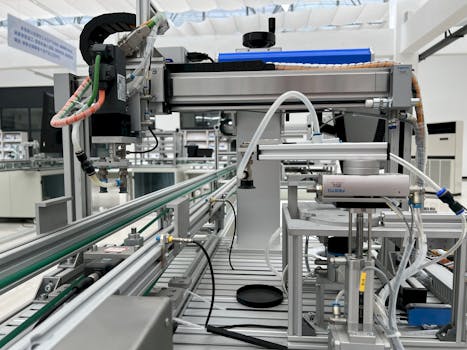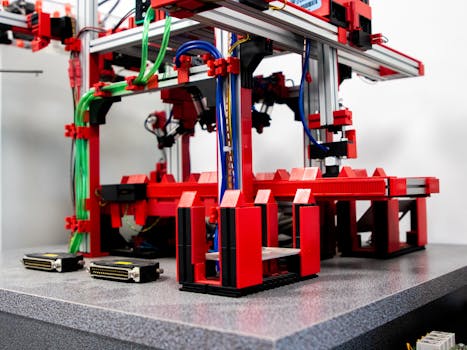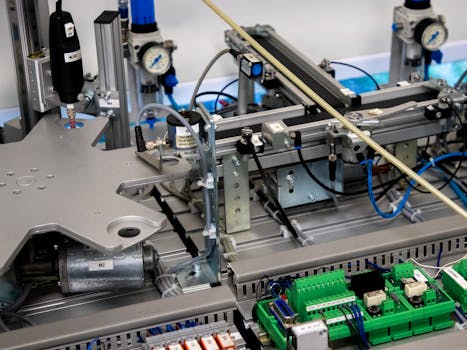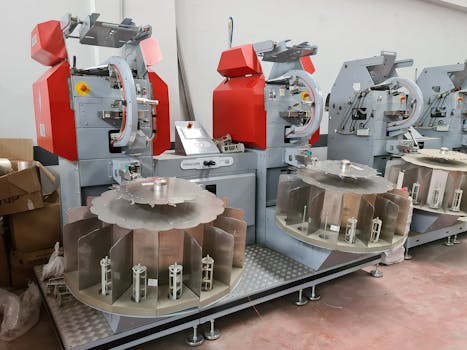
Revolutionizing the Future: Innovations in Robotics and Their Mechanical Components
Takeaways: The field of robotics is rapidly evolving, bringing forth innovative solutions that enhance efficiency and productivity. Key mechanical components such as actuators, sensors, and control systems are crucial in this evolution. Understanding these innovations can help industries leverage robotics for better outcomes.
Robotics is no longer a realm of science fiction; it has become an integral part of various industries, from manufacturing to healthcare. With advancements in technology, robotics is transforming how we work and live, leading to unprecedented innovations in mechanical components that drive these machines. In this article, we will explore some of the most significant innovations in robotics and their mechanical foundations.
The Evolution of Robotics

One of the most significant innovations in robotics is the incorporation of advanced sensors. These sensors allow robots to perceive their surroundings, enabling them to navigate and interact with objects intelligently. For instance, LiDAR (Light Detection and Ranging) systems are being used in autonomous vehicles to create detailed maps of the environment, facilitating safe navigation.
Key Mechanical Components Driving Innovation

1. Actuators
Actuators are devices that convert energy into movement. They play a vital role in robotics by enabling motion in robotic arms, legs, and other moving parts. Innovations in actuator technology, such as the development of soft actuators, allow robots to move more gently and adaptively, making them suitable for delicate tasks like surgery or handling fragile objects.
2. Sensors
Sensors are essential for robots to understand their environment. Recent advancements in sensor technology, including miniaturized sensors and improved data processing capabilities, allow robots to gather and analyze data more efficiently. Vision systems, such as cameras and infrared sensors, are being integrated into robots to enhance their perception and decision-making capabilities.
3. Control Systems
Control systems are the brains of robotic systems, allowing them to process information and execute tasks. Innovations in control algorithms, such as adaptive and predictive control, enable robots to perform complex tasks with high precision. These advancements are crucial for applications like industrial automation, where robots must work collaboratively with humans and other machines.
Applications of Innovative Robotics

In agriculture, autonomous drones are being used for crop monitoring and precision farming, optimizing resource use and enhancing yields. Furthermore, in logistics, robots are revolutionizing supply chain operations by automating warehousing and delivery processes.
The Future of Robotics

Moreover, the integration of 5G technology will enable faster communication between robots and their control systems, paving the way for more responsive and efficient robotic applications. With ongoing research and development, the robotics industry is poised for exponential growth, fundamentally changing how we approach tasks in all sectors.
Conclusion






